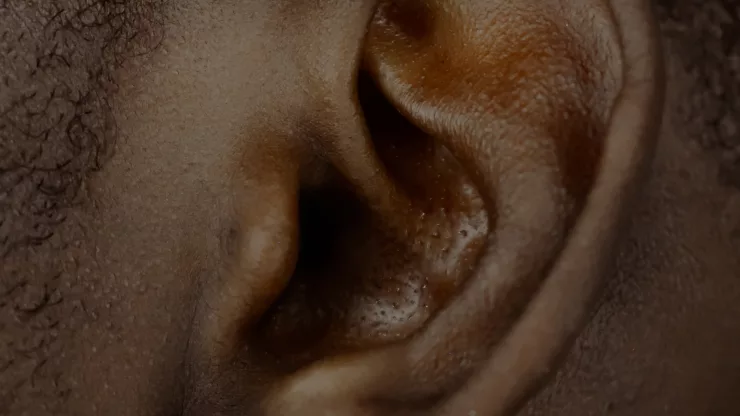Jump to Section
The Power of Nonverbal Communication
Communication is an essential part of any relationship. While verbal communication is important, nonverbal communication can be even more powerful.
Nonverbal cues like body language, facial expressions, and touch can convey a range of emotions and feelings that words alone cannot express.
Understanding the impact of nonverbal communication in relationships can help you improve your communication skills and strengthen your connections with others.
How Nonverbal Cues Affect Relationships
Nonverbal communication can have a significant impact on relationships. It can convey emotions, attitudes, and intentions that may not be communicated through words alone.
Nonverbal cues can also help to establish trust and build intimacy in relationships. On the other hand, negative nonverbal cues like crossed arms, eye-rolling, and frowning can create tension and conflict in relationships.
The Importance of Body Language
Body language is a crucial component of nonverbal communication. It can convey a range of emotions and attitudes, from confidence and openness to anxiety and defensiveness.
Understanding body language can help you interpret the feelings and intentions of others, as well as communicate your own emotions more effectively.
Positive body language like open posture, eye contact, and a relaxed facial expression can help to establish trust and build rapport in relationships.
Understanding Facial Expressions
Facial expressions are another important aspect of nonverbal communication. They can convey a wide range of emotions, from happiness and excitement to sadness and anger.
Understanding facial expressions can help you interpret the emotions of others, as well as communicate your own feelings more effectively.
For example, a smile can convey happiness and warmth, while a frown can indicate sadness or frustration.
The Role of Touch in Nonverbal Communication
Touch is another critical component of nonverbal communication. It can convey a range of emotions and intentions, from affection and comfort to aggression and dominance.
Touch can also help to establish intimacy and connection in relationships. For example, a gentle touch on the arm or shoulder can convey empathy and support, while a firm handshake can indicate confidence and authority.
Improving Your Nonverbal Communication Skills
Improving your nonverbal communication skills can help you build stronger relationships and communicate more effectively with others. Here are some tips for improving your nonverbal communication skills:
- Pay attention to your body language, facial expressions, and tone of voice.
- Practice active listening to understand the emotions and intentions of others.
- Use positive body language like open posture, eye contact, and a relaxed facial expression.
- Avoid negative nonverbal cues like crossing your arms, rolling your eyes, or frowning.
- Use touch to convey empathy and support in appropriate situations.
FAQ
How can I improve my body language?
To improve your body language, practice being mindful of your posture, facial expressions, and gestures.
Pay attention to the signals you are sending with your body language and make an effort to convey positive emotions and attitudes.
You can also practice positive body language in front of a mirror or with a trusted friend or family member.
What are some common nonverbal cues that convey negative emotions?
Some common nonverbal cues that convey negative emotions include crossed arms, rolling your eyes, frowning, and avoiding eye contact. These cues can indicate defensiveness, frustration, or disinterest.
How can touch improve relationships?
Touch can improve relationships by conveying empathy, support, and intimacy. Gentle touches on the arm or shoulder can convey warmth and comfort, while hugs and kisses can indicate affection and love.
It’s important to use touch appropriately and respectfully in different situations and with different people.
How can I interpret facial expressions more effectively?
To interpret facial expressions more effectively, practice active listening and pay attention to the context of the situation.
Look for other nonverbal cues like body language and tone of voice to help you interpret the meaning behind the facial expression.
You can also ask questions or clarify your understanding to ensure that you are interpreting the expression correctly.
Nonverbal communication plays a significant role in relationships. Understanding the impact of nonverbal cues like body language, facial expressions, and touch can help you improve your communication skills and build stronger connections with others.
By practicing positive nonverbal communication and being mindful of the signals you are sending to others, you can improve your relationships and enhance your overall wellbeing.

With a deep passion for personal development, Ben has dedicated his career to inspiring and guiding others on their journey towards self-improvement.
His love for learning and sharing knowledge about personal growth strategies, mindfulness, and goal-setting principles has led him to create My Virtual Life Coach.
Contact Ben at [email protected] for assistance.




